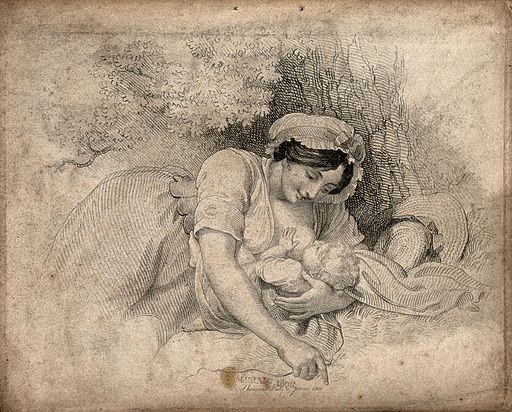Could the book of Job be a description of God’s design for the earth following the flood? Currently I am reading The Remarkable Record of Job* by Henry Morris. Throughout the book he points out amazing insights about our world, offered in this Old Testament book of the Bible.
Morris theorizes that Job lived before Moses and possibly before Abraham. The book makes reference to the great flood (Job 22:15-16). Prior to the flood the earth was covered in a mist, but following the flood a new water cycle was established. Dr. Morris reflects on passages that describe this great change. Job records references to wind, water vapor, clouds and rain.
He [God] binds up the waters in his thick clouds, and the clouds are not split open under them. Job 26:8
For He looks to the ends of the earth and sees everything under the heavens. When he gave to the wind its weight and apportioned the waters by measure, when he made a decree for the rain and a way for the lightning of the thunder, then he saw it and declared it; he established it and searched it out. Job 28: 24-27
Do you know how God lays his command upon them and causes the lightning of his cloud to shine? Do you know the balancings of the clouds, the wondrous works of Him who is perfect in knowledge . . . Job 37: 15-16
Dr. Morris, a scientist, wrote a fascinating book that points to the details of God’s creation which we continue to discover. As a nurse I realize that we are still learning about the wisdom of God’s design for childbirth.
Once again I was in awe of the miracle of new life when I attended the birth of our seventh grandchild!
My daughter was able to go through labor with supportive care, but without medication or interventions. She gave birth to a healthy son.
The baby was placed on her chest, skin to skin, immediately after the birth. The baby stimulated her body to release the hormone, oxytocin, which is produced in the brain. This hormone has a calming effect and also stimulates the womb to contract. She did not need to have pitocin (a synthetic form of oxytocin) given intravenously.
Oxytocin has several of purposes. It stimulates uterine contractions, reducing bleeding. It enhances bonding between mother and baby. It is involved in the let-down reflex that occurs during breastfeeding.
Kelly Brogan M.D. discusses the difference between oxytocin, an endogenous hormone, and pitocin in an article here.
Another article (American College of Nurse-Midwives) calls for more research on oxytocin and pitocin. Click here.
A Swedish doctor has written a book titled The Oxytocin Factor:Tapping the Hormone of Calm, Love and Healing. Throughout the book Dr. Moberg cites the research that she has done at the Karolinska Institute in Stockholm. She lists the factors that enhance the body’s release of calming oxytocin: gentle touch; massage; quiet environment; various scents and music. For a brief review of the book, click here.
It is a common practice to give pitocin prophylactically following birth. My daughter requested that it not be given routinely.
Praise the Lord for this healthy birth!
We are thankful for the availability of modern medicine, but give praise to God for his marvelous design for childbirth.
*Henry M. Morris Ph.D, The Remarkable Record of Job, Master Books:Green Forest, AR, 2000.
Sharing this post with Booknificent Thursday, Literacy Musing Monday, Tuesdays with a Twist and Word of God Speak





Congratulations on your new grandchild! Thank you for linking up with Literacy Musings Monday.
What fun that you can blend your love for nursing (and science) with your love for Jesus and find books that speak to your heart in this matter Carol! 🙂